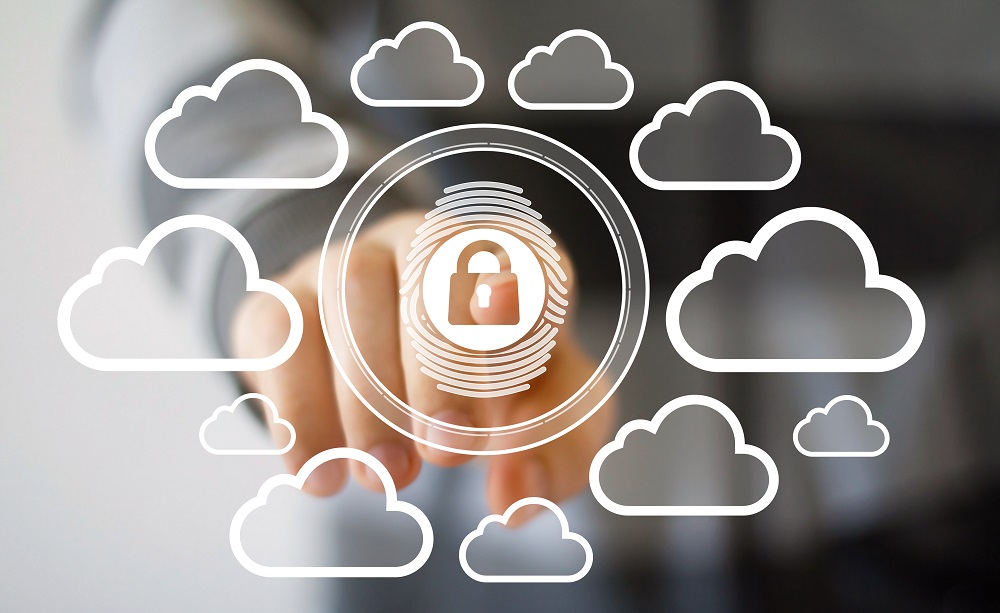Convenience and security are colliding as the age of cloud based access control has dawned. Cloud technology allows even the smallest of businesses to utilize the same computing technology as large-scale enterprises, while also addressing cybersecurity in the same manner.
As peripheral devices, such as wireless locks, become more functional and cost efficient, cloud access control and key management extend to a larger set of openings.
Both cloud and wireless solutions are inherently user-friendly. Availability, deployment and installation are now easier and allow technicians to be more successful, and enable customers to benefit from the less invasive installation nature of these two solutions and the additional security feature sets.
Benefits of Cloud Based Access Control & Wireless Locks
Today’s wireless solutions eliminate the need to pull wires to every opening or dig costly trenches to remote openings. This means less money, time and hassle to install.
Cloud hosted access control enables end customers to manage their electronically controlled openings, and the processes required, from anywhere with a smart device or web browser.
Adding and removing user credentials, access rights per individual or group, automating and running reports, and integrating events with a cloud-hosted video surveillance system are basic functions of a cloud-hosted access control system.
While physical access control may provide security for organizations, not every organization is willing to invest in high infrastructure costs for local servers and hardware. Centralized controllers are often limited to a specific number of doors, while an onsite specialist is needed at each location to react to daily events.
When leveraging the processing power, database security and continuous maintenance available in the cloud, a customer’s access control system is now deployed with reduced labor costs.
Most important is the impact on customers’ budgets: paying for these solutions on a per-door basis and per-month contract adds convenience and security in the same solution.
Access control planning of a facility has always started with the design imperative to keep people out of specific areas.
To secure each access control opening, a customer must consider several discreet components: supplying power to the opening, card readers and the corresponding credentials, door position switch, request to exit, and myriad potential electrified locking door hardware.
When deploying an access control solution, the customer is typically asked to value engineer solutions to primarily address the perimeter openings, since these security solutions cost an additional $3,000 per opening to secure electrically.
A wireless lock integrates the discreet components required for a successful access control opening inside of one piece of architectural door hardware.
These locks are powered by over-the-counter, AA batteries and have been engineered for the end customer to replace the batteries in seconds, with the battery life, under normal usage, lasting up to two years.
Retrofitting a mechanical lock without cover plates is now available, and integration into our customers’ mechanical key system has never been easier. Most wireless locks are also certified to work on nearly every type of code–compliant opening.
With the savings gained by using wireless technology, integrators can help facility professionals extend the reach of their card-based systems.
Wireless locks are now deployed in a variety of applications. Due to the frequent communication pulse between the lock, the gateway and the access control system, wireless locks can be used for remote locking/unlocking plus, increasingly vital today, a lockdown type of application.
For those concerned about hacking, each RF transmission is encrypted with a minimum of AES-256 bit and TLS encryption to provide customers with a secure, dependable experience.
When pairing this technology with cloud-hosted access control, customers can scale as their needs grow.
Perhaps the most overlooked aspect of the entire process is how effective each installation is. As a service industry, technicians need to show up on the job and be prepared for success.
The interaction between the installation technician and the end customer is critical to be efficient, helpful and deliver the expected solution.
Deploying both cloud-hosted access control and wireless locking technology speeds up installation, because hanging panels and running wire to door controllers can be a hindrance.
Read Next: Danger! Logic Bombs in Audiovisual Control Systems
There is substantially less infrastructure required when installing a cloud-hosted system. Using wireless locking technology, the original building aesthetics are maintained by avoiding the need to run wires that can’t be concealed.
It’s become clearer that customers also prefer the benefits of paying for their cloud-hosted system as they use it; not all upfront as in the past.










